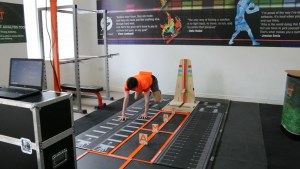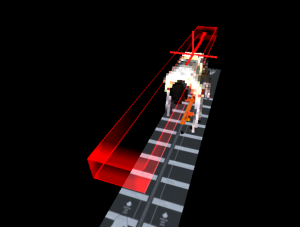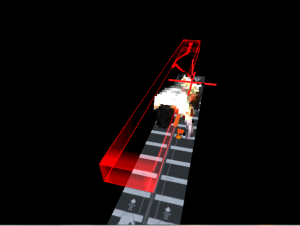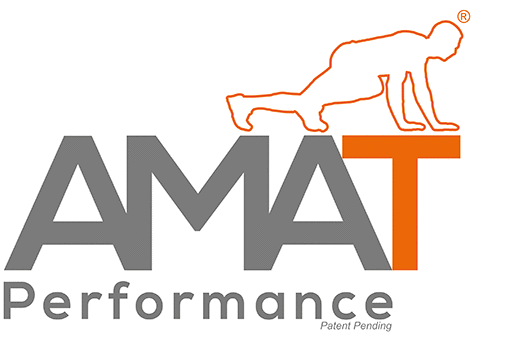Core stability and pelvic control are integral in all athletic movements. Interactions of the lumbar spine, the pelvis, hips and surrounding musculature serve two primary functions:
1) Protecting the spine from excessive loading
2) Efficient transfer of forces between body segments
The transition of force between the lower and upper body through the lumbo-pelvic hip complex is reliant on postural control and core stability. A lack of core stability means energy is not efficiently transferred to the distal segments of the body. This makes athletes more susceptible to injury due to compensations in movement to make up for a lack of force production (Oliver, 2010). To create this stability, the function of the trunk is to act at a stabiliser, preventing motion rather than initiating movement (McGill,2010). Therefore assessing an individual’s pelvic control is key to understanding the efficiency of the kinetic chain in their movements.
Core exercises often consist of isometric holds or stabilisation either with our without external resistance, with the prime goal of stabilising the spine in a neutral position and preventing movement (anti-rotation) in the spine that may increase the risk of injury. (Mendrin et al., 2016). These stabilisation exercises consist of anything that challenges spinal stability and forces trunk co-activation patterns, with the option to be loaded through a range of strategies including limb movements (Vera-Garcia et al., 2014). Research shows that movement involving travelling trunk exercises requiring pelvic control and core stabilisation, elicit greater muscle activation than static holds in a stationary position (Pyka et al., 2017).



Our aim with the Bear Crawl test as part of our AMAT Performance system was to assess pelvic control, anti-rotation and stabilisation in a travelling pattern utilising reciprocal arm and leg movements that are common in most sporting actions. Athletes who display pelvic tilt will theoretically have less control of movement in their lumbar spine leading to excessive motion in the trunk and hips during movement. Our Bear Crawl assess pelvic movement in 3 planes of motion providing feedback on the athletes pelvic control, co-ordination and ability to maintain a stiff, stable trunk providing information on that may link to their ability to reduce spinal loading and transfer force effectively.
For more information visit www.system.amatperformance.com
